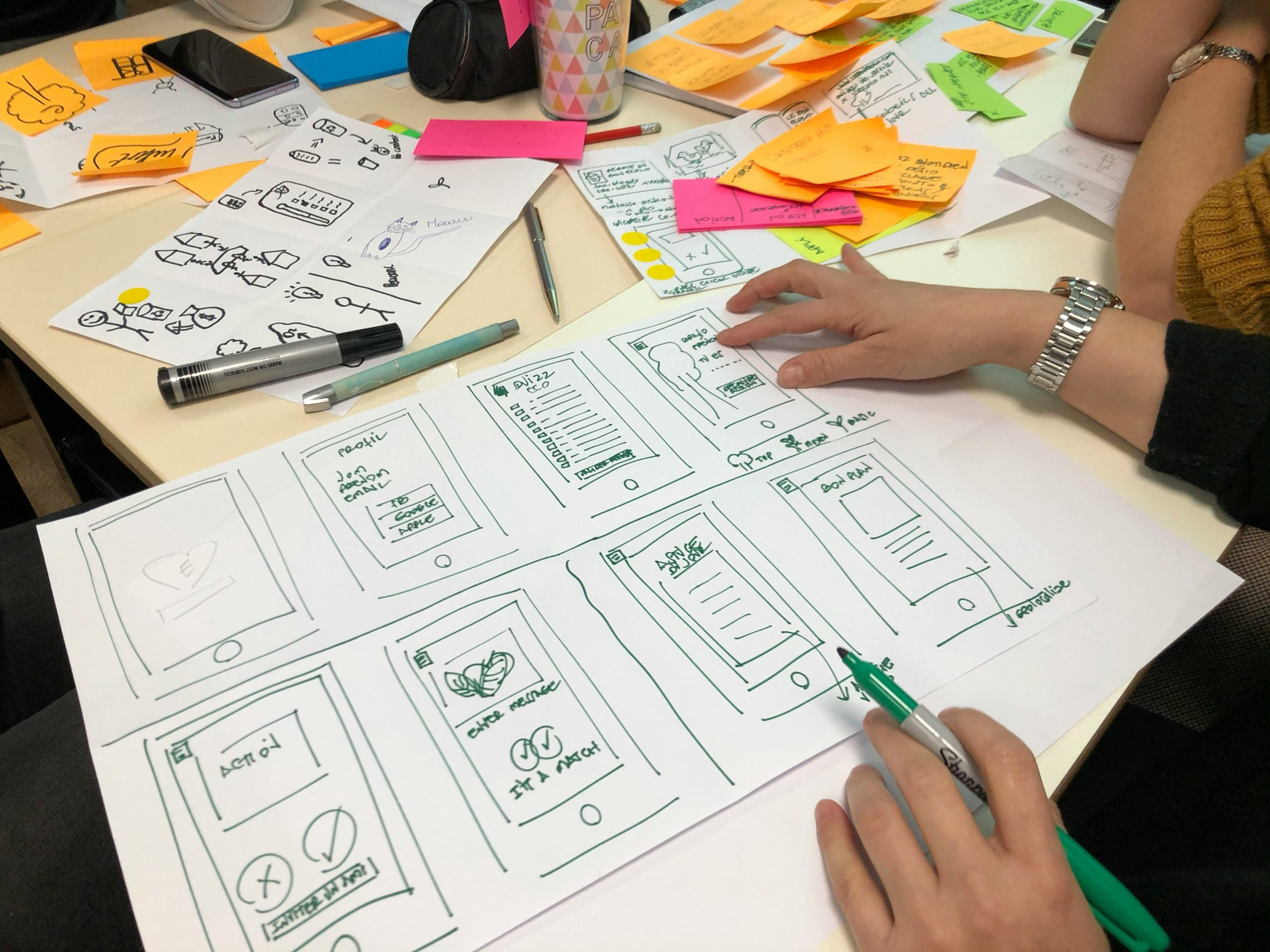AI-Driven PCB Layout Tools Cutting Design Time by 60%
In the fast-paced world of electronic design, time is of the essence. With constantly evolving technology and stiff competition, companies need to stay ahead of the curve in order to remain relevant. This is especially true for printed circuit board (PCB) layout, a vital component in the production of any electronic device. Traditionally, this process was manually done, resulting in a time-consuming and tedious task. However, with the recent advancements in artificial intelligence (AI), designers now have access to AI-driven PCB layout tools that have significantly cut down design time by 60%. Let’s take a deeper look into this revolutionary technology and the impact it has on the electronics industry.
The Emergence of AI-Driven PCB Layout Tools
Gone are the days where designers had to spend countless hours manually laying out their PCB designs. With the introduction of AI-driven PCB layout tools, this process has become faster, more efficient, and less prone to human error. These tools use machine learning algorithms to analyze and optimize the placement and routing of components on a PCB board, resulting in a design that is optimized for performance, space, and cost.
The emergence of AI-driven PCB layout tools has been a game-changer for designers. It has allowed them to focus on the more critical aspects of the design process, such as functionality and testing, while leaving the tedious and time-consuming layout work to the AI algorithms. This has not only saved time but has also improved the overall quality of PCB designs.
The Benefits of AI-Driven PCB Layout Tools
1. Speed and Efficiency
Arguably the most significant benefit of AI-driven PCB layout tools is the speed at which they can complete a design. While it would take a human designer days to lay out a PCB board manually, an AI-driven tool can accomplish the same task in a fraction of the time. This not only results in faster turnaround times but also increases the efficiency of the design process.
Besides speed, AI-driven tools can also handle large and complex designs that would be almost impossible for a human designer to complete in a reasonable amount of time. This enables companies to take on more ambitious projects and deliver them within tight timelines.
2. Cost Savings
Apart from speeding up the design process, AI-driven PCB layout tools can also help save costs. These tools optimize the placement and routing of components, resulting in a more compact and efficient design. This not only reduces the overall cost of the PCB but also minimizes the amount of raw material used, leading to savings in production costs.
Moreover, with faster turnaround times, companies can reduce the number of designers needed to complete a project, saving on labor costs. This also results in increased productivity for designers, as they can focus on more high-level tasks, ultimately contributing to a more cost-effective design process.
3. Improved Design Quality
The use of AI-driven PCB layout tools has not only improved the speed and cost of the design process but has also resulted in better overall design quality. With the ability to analyze and optimize thousands of design variations, these tools are able to produce a design that is optimized for performance, space, and cost. This results in a more reliable and efficient design, reducing the risk of errors and malfunctions.
Besides the technical aspect, AI-driven tools also have a built-in knowledge base that helps them make informed decisions during the design process. This knowledge base accumulates over time as the tool is used more and more, resulting in smarter and more efficient designs with each use.
Conclusion
The use of AI-driven PCB layout tools has revolutionized the electronic design industry. By cutting down design time by 60%, these tools have helped companies stay ahead of the competition and deliver high-quality designs within tight timelines and budgets. With the continued advancements in AI technology, we can only expect these tools to become smarter and more efficient, further improving the design process and driving innovation in the electronics industry.











